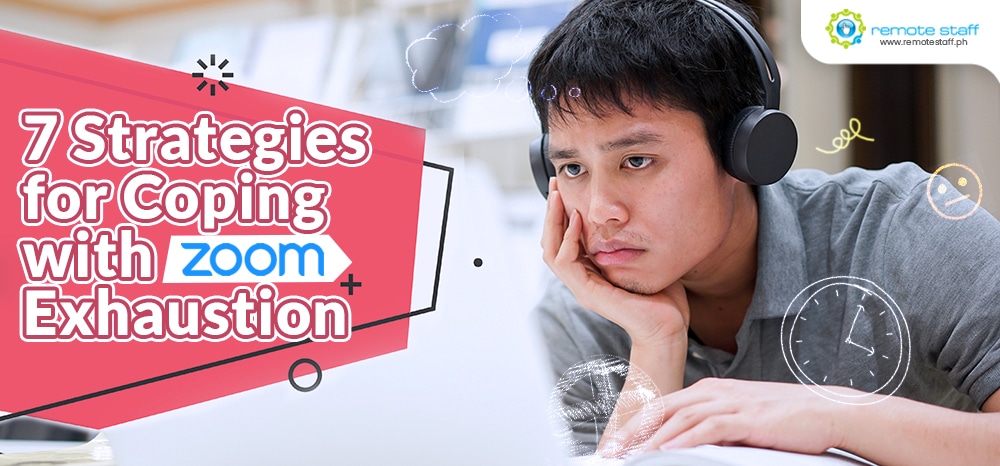Oh, don’t get me wrong. Zoom’s been great for adapting to the new normal. Many of us here can attest to that. From conference calls to virtual drinking sessions (e-numan in the vernacular), the video call app has proven very useful indeed.
Yet, you can have too much of a good thing, and Zoom exhaustion is proof of that. While it’s great to stay in touch with people during the ECQ, it’s also normal to feel tired after a full day of meetings.
Why? For starters, being on Zoom can be overstimulating. There is just so much to take in. In a face-to-face conference, you can focus on the person speaking. In contrast, you’re simultaneously processing visual cues from several people in a single Zoom session. (And if their pets and/or kids just happened to walk, in, you’d be subjected to their visual cues too.)
But we can’t exactly do without Zoom these days, right? Heck, most of us need it for work, at least.
Fortunately, there are some things you can do to cope:
1. Learn how to use Zoom securely.
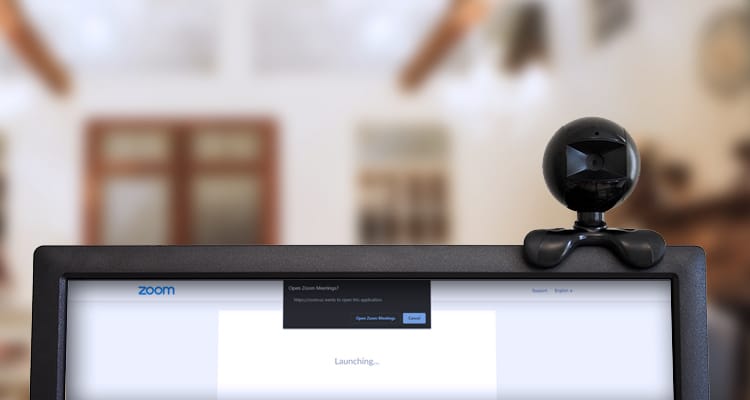
It’s hard to focus on the conversation when you’re worrying about whether someone’s going to Zoom-bomb your call or whether your email address is being sold on the dark web after you register. (Both of which have been brought up as concerns by Zoom users, btw.)
Of course, the ball is in Zoom’s court with regards to resolving pressing security issues, but there are steps you can take to protect yourself. Click here to find out how.
2. Steady yourself before starting each call.

If you suffer from anxiety (and who doesn’t these days?), “grounding” prior to a Zoom call helps. Take a deep breath. Feel your body settling into your chair. Take note of your surroundings. Mentally list down five things you can see, hear, smell, feel, and so on.
It’s important to allow yourself to arrive fully at the moment before you get started.
3. Opt for speaker view over gallery view.
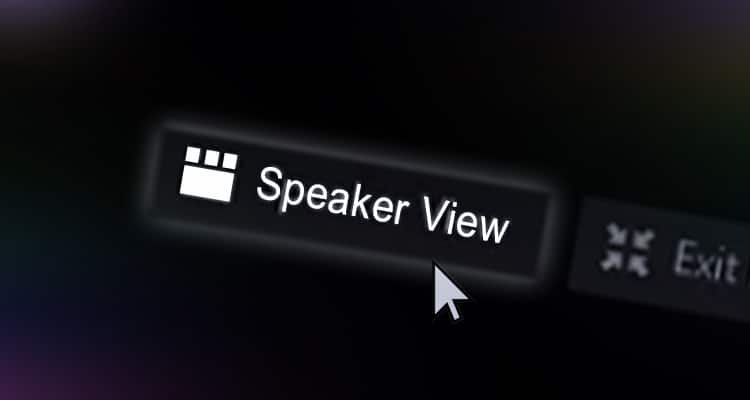
Sure, it can be nice to see everyone’s faces during a Zoom session, especially if it’s a personal call. However, tracking and registering visual cues for a dozen or so people for hours can be exhausting.
When you’re feeling a bit of strain, switch over to speaker view so your brain only has to focus on one person’s cues at a time.
4. Take time to greet each participant as they enter the room.

So long as your Zoom group isn’t too big, take in each face that appears. Let each one make an impression on you so that they don’t just appear as a blur of faces later on.
Basically, let yourself feel like you are in the presence of others, rather than in the presence of their physical absence. It could make the call feel less isolating.
5. Keep multi-tasking to a minimum.
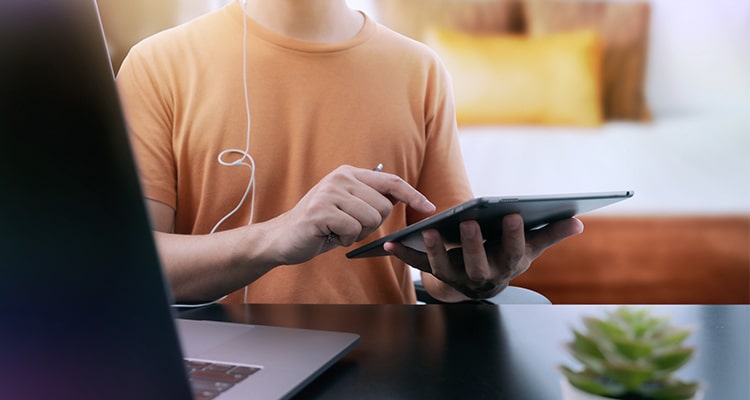
We’re all guilty of this. Checking our emails, notifications, and what-have-you during a Zoom call. Firing off a covert email on the side. Answering a friend’s DM. All while you’re supposed to be focusing on a Zoom meeting.
While this is sometimes unavoidable, doing it too often can take a toll on your mental health and leave you feeling overwhelmed. So, put your phone aside (unless you’re using it to take part in the meeting), and save your multitasking efforts for after the Zoom call.
6. Don’t let your Zoom sessions overlap too frequently.
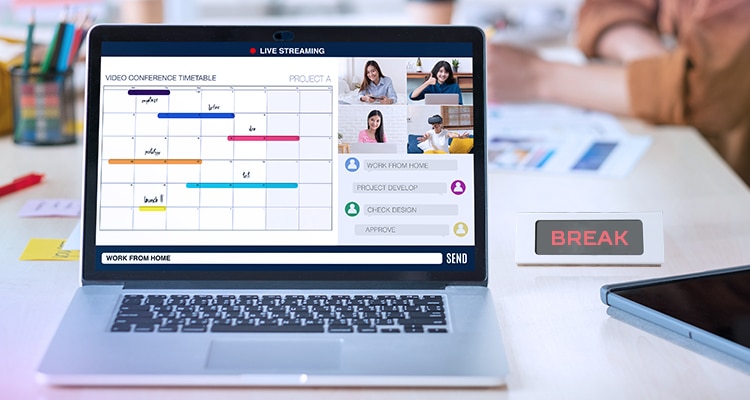
In other words, take short breaks between sessions. This is especially important if you’ve got professional colleagues and personal friends coming in after each other. It’s not exactly easy to keep shifting between your work and off-work persona in a snap.
About five to ten minutes between each session should do. Make time to get a drink of water and use the toilet too, if needed.
7. Be patient with yourself.
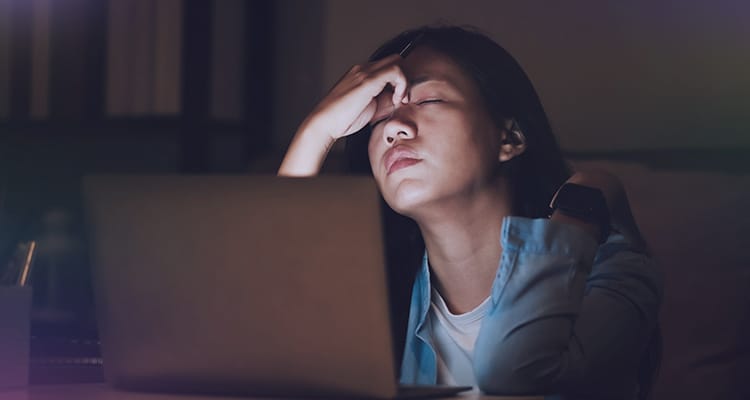
We are living in unprecedented times. All of us are making adjustments every day, and it’s natural to feel frustrated or helpless from time to time.
We don’t know when the #NewNormal will last. It would take a while to develop a viable cure and a vaccine, after all. Thus, it would be worthwhile to figure out how to navigate the existing technologies we have to make it all bearable.

